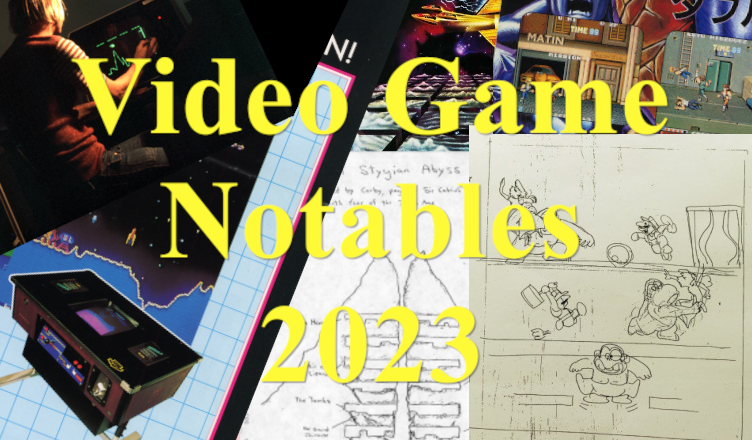Welcome to the second annual Gaming Alexandria Hall of Fame, the Video Game Notables! Last year we inaugurated eighteen games to a coveted place in video game history. This year, we bring you six (6) more titles – plus one non-video game – to think about when imagining the most influential games of all time!
As with last time, we used a Ranked Choice Voting method to decide our choices among a little over a dozen participants. We narrowed in on half a dozen very notable choices, and one influence outside of video games. Recognizing that video games do not exist in a vacuum, we wanted to highlight things outside of the video game space that made a significant impact on the medium. These could be a film, a book, a person, or pretty much anything else. One (1) choice gets to go in each year from now on!
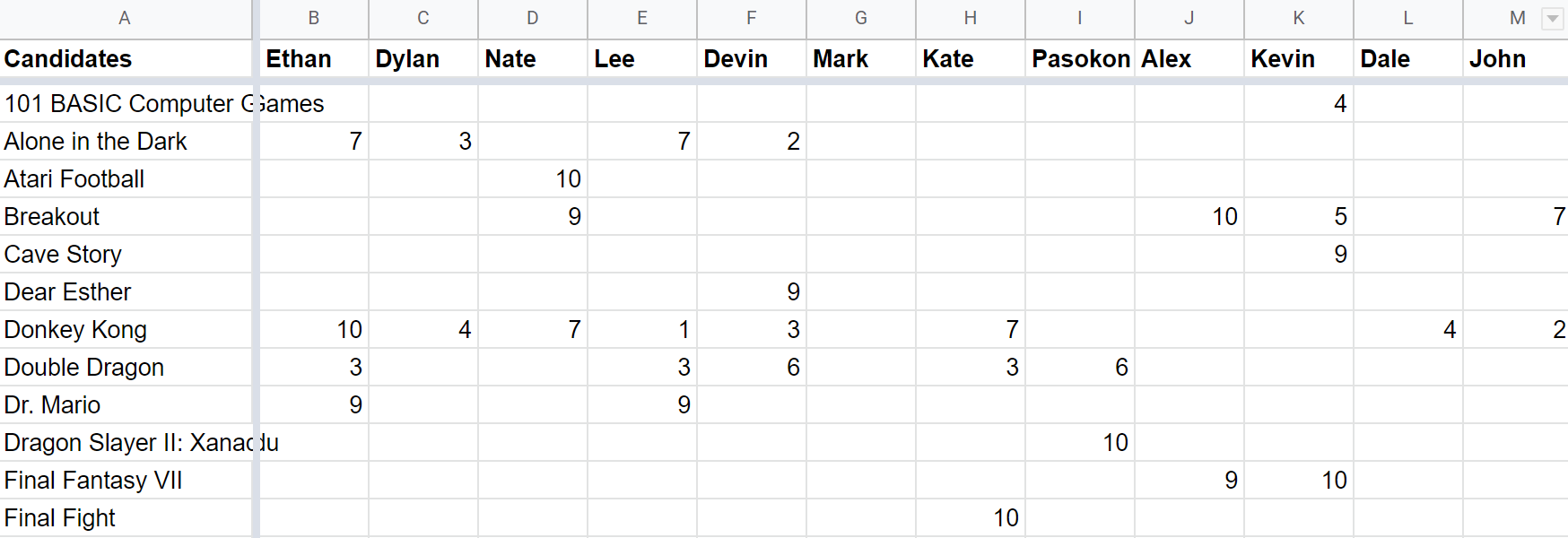
If you’re interested in submitting choices for next year, make sure to join the Gaming Alexandria Discord server! Below you will find our video livestreaming the reveal of our seven Notables as well as the choices themselves. We’re looking forward to doing more soon!
2023 Inductees
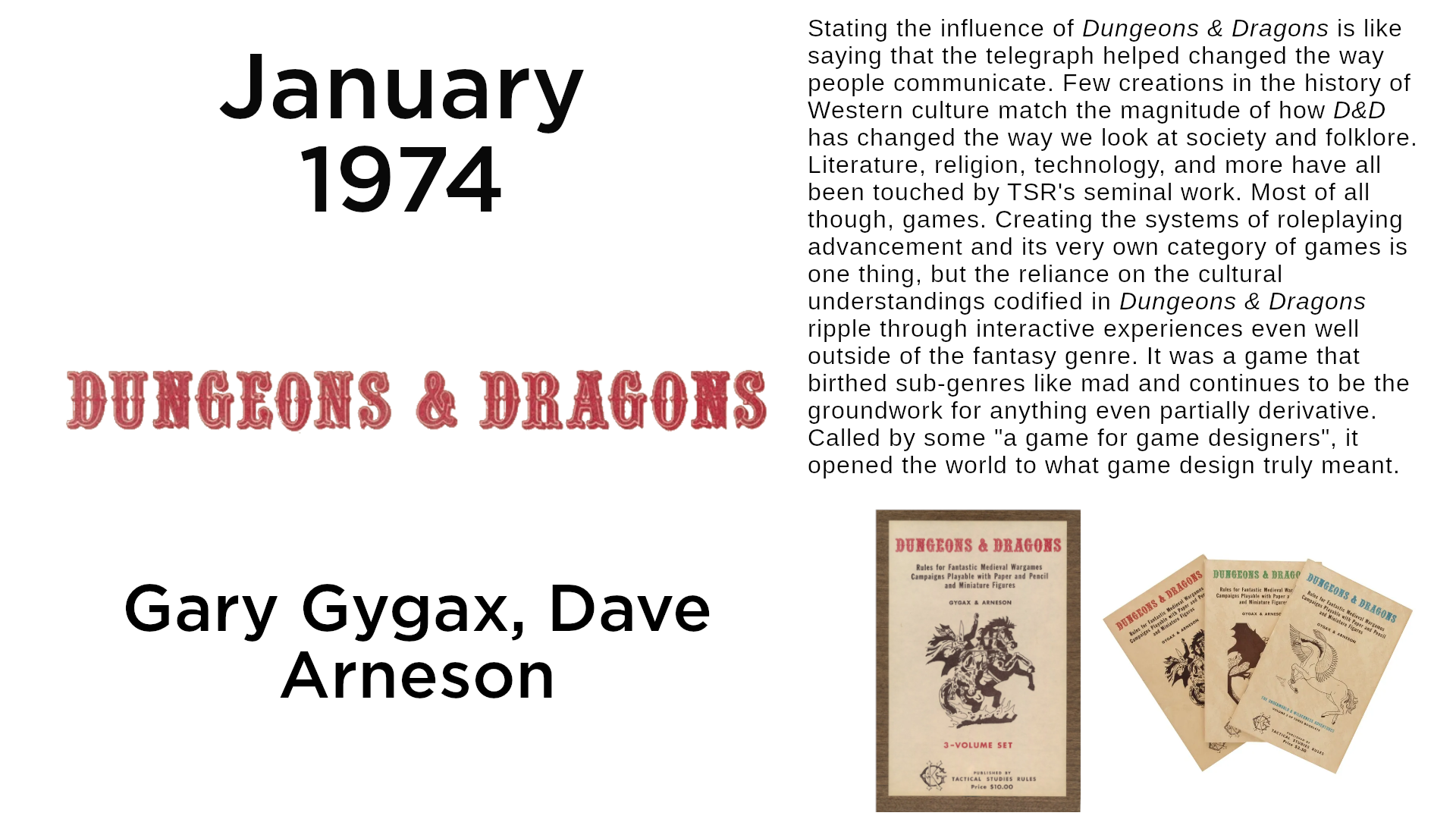
Stating the influence of Dungeons & Dragons is like saying that the telegraph helped changed the way people communicate. Few creations in the history of Western culture match the magnitude of how D&D has changed the way we look at society and folklore. Literature, religion, technology, and more have all been touched by TSR’s seminal work. Most of all though, games. Creating the systems of roleplaying advancement and its very own category of games is one thing, but the reliance on the cultural understandings codified in Dungeons & Dragons ripple through interactive experiences even well outside of the fantasy genre. It was a game that birthed sub-genres like mad and continues to be the groundwork for anything even partially derivative. Called by some “a game for game designers”, it opened the world to what game design truly meant.
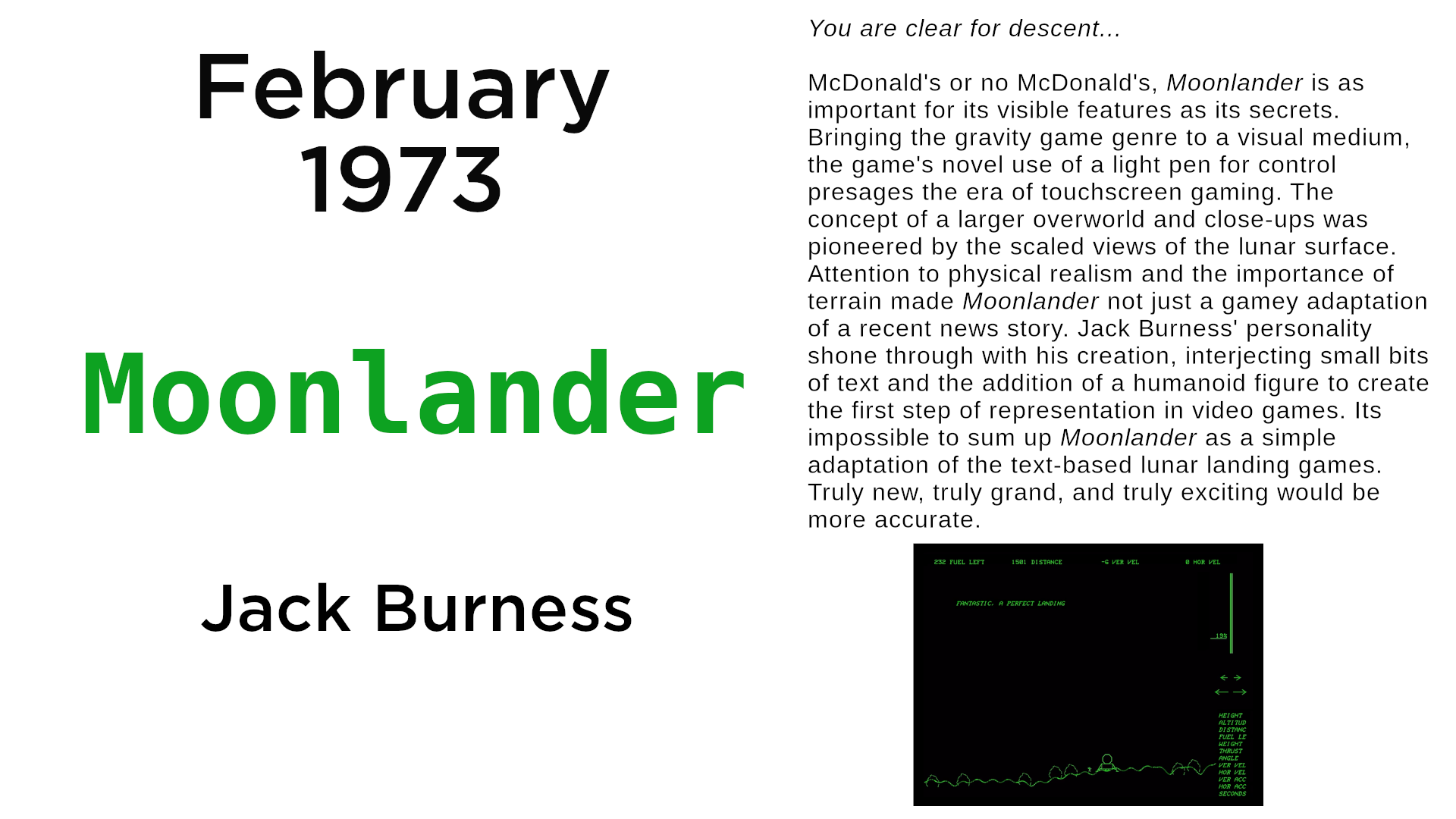
You are clear for descent…
McDonald’s or no McDonald’s, Moonlander is as important for its visible features as its secrets. Bringing the gravity game genre to a visual medium, the game’s novel use of a light pen for control presages the era of touchscreen gaming. The concept of a larger overworld and close-ups was pioneered by the scaled views of the lunar surface. Attention to physical realism and the importance of terrain made Moonlander not just a gamey adaptation of a recent news story. Jack Burness’ personality shone through with his creation, interjecting small bits of text and the addition of a humanoid figure to create the first step of representation in video games. Its impossible to sum up Moonlander as a simple adaptation of the text-based lunar landing games. Truly new, truly grand, and truly exciting would be more accurate.
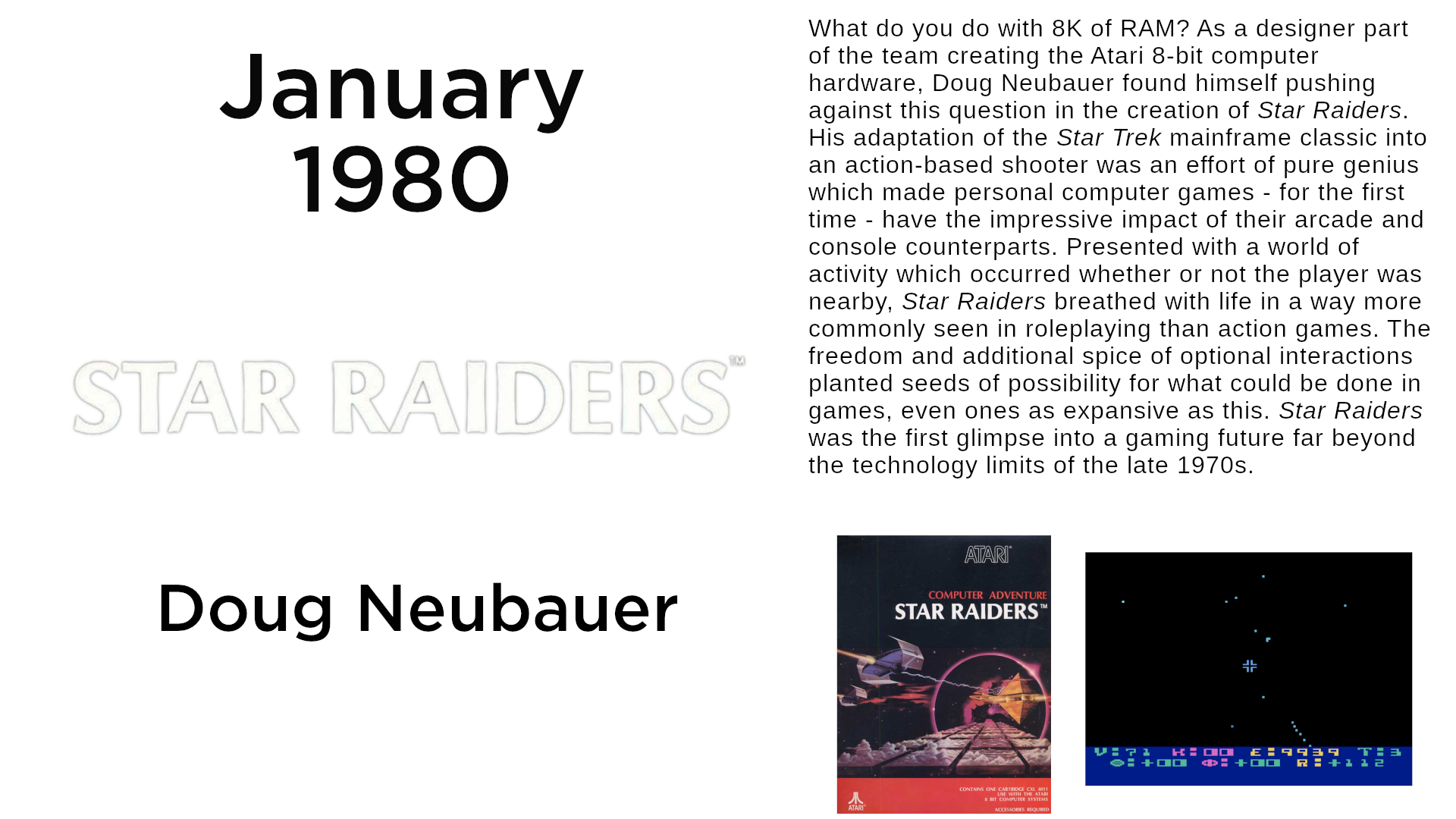
What do you do with 8K of RAM? As a designer part of the team creating the Atari 8-bit computer hardware, Doug Neubauer found himself pushing against this question in the creation of Star Raiders. His adaptation of the Star Trek mainframe classic into an action-based shooter was an effort of pure genius which made personal computer games – for the first time – have the impressive impact of their arcade and console counterparts. Presented with a world of activity which occurred whether or not the player was nearby, Star Raiders breathed with life in a way more commonly seen in roleplaying than action games. The freedom and additional spice of optional interactions planted seeds of possibility for what could be done in games, even ones as expansive as this. Star Raiders was the first glimpse into a gaming future far beyond the technology limits of the late 1970s.
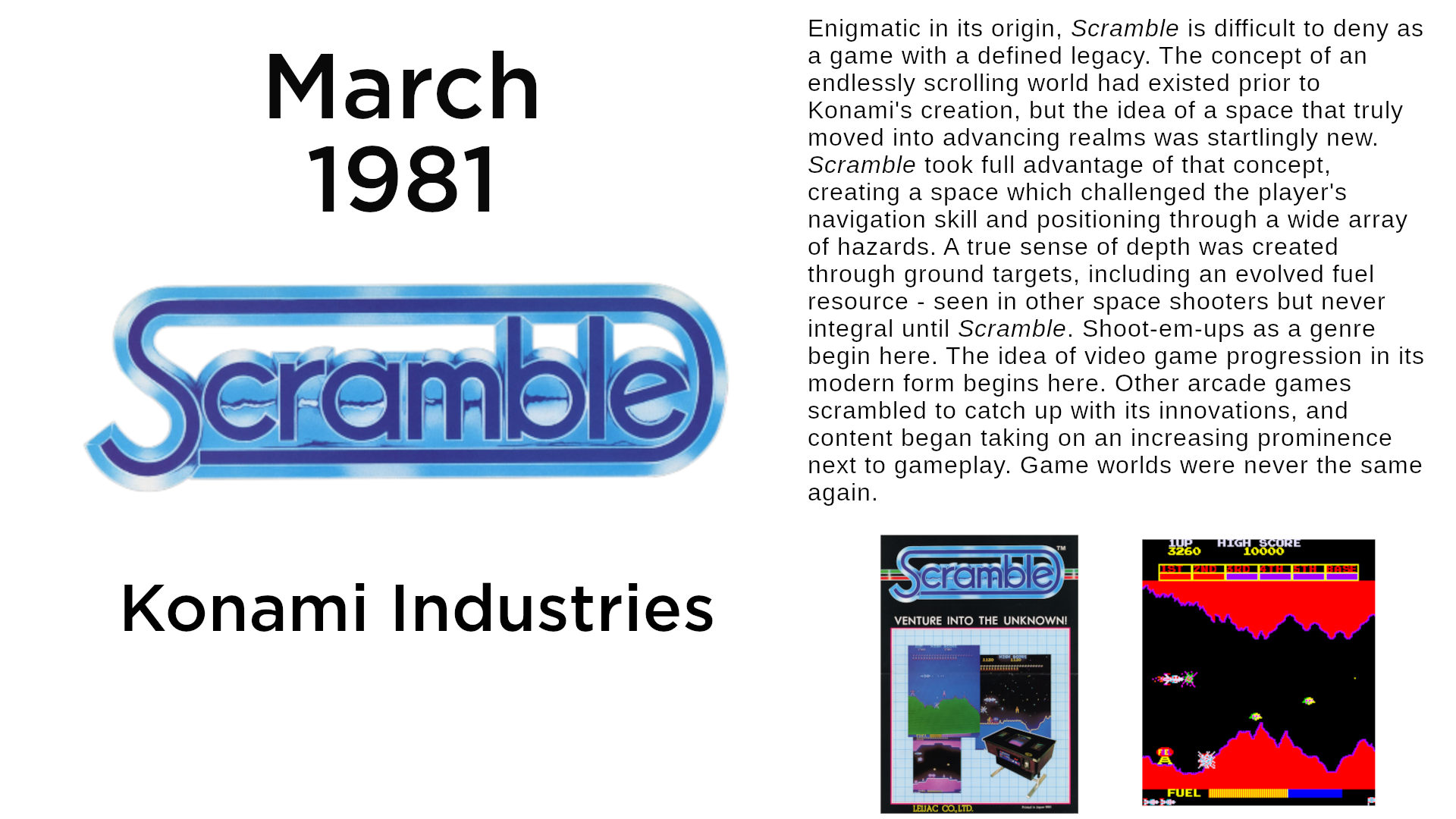
Enigmatic in its origin, Scramble is difficult to deny as a game with a defined legacy. The concept of an endlessly scrolling world had existed prior to Konami’s creation, but the idea of a space that truly moved into advancing realms was startlingly new. Scramble took full advantage of that concept, creating a space which challenged the player’s navigation skill and positioning through a wide array of hazards. A true sense of depth was created through ground targets, including an evolved fuel resource – seen in other space shooters but never integral until Scramble. Shoot-em-ups as a genre begin here. The idea of video game progression in its modern form begins here. Other arcade games scrambled to catch up with its innovations, and content began taking on an increasing prominence next to gameplay. Game worlds were never the same again.

To jump is the question. The answer? Donkey Kong. Single-handedly defining a new expression for video game characters, Nintendo brought to life what Pac-Man had begun with a radical interpretation of the iconic video game character. In a simple tale of peril played out in four ascending acts, Mario, Donkey Kong, and Pauline play out a cartoon narrative of love and loss in a way never before seen in interactive form. With nearly perfect construction, Donkey Kong provides meaning to this concept with tight platforming stages all based around going higher. It is one of the most perfect examples of working within limitations to create something almost wholly original in both style and form. Donkey Kong‘s legacy and popularity rose well above its origins as a first design project on a failed game hardware, and reigns as one of the kings of the early arcade.
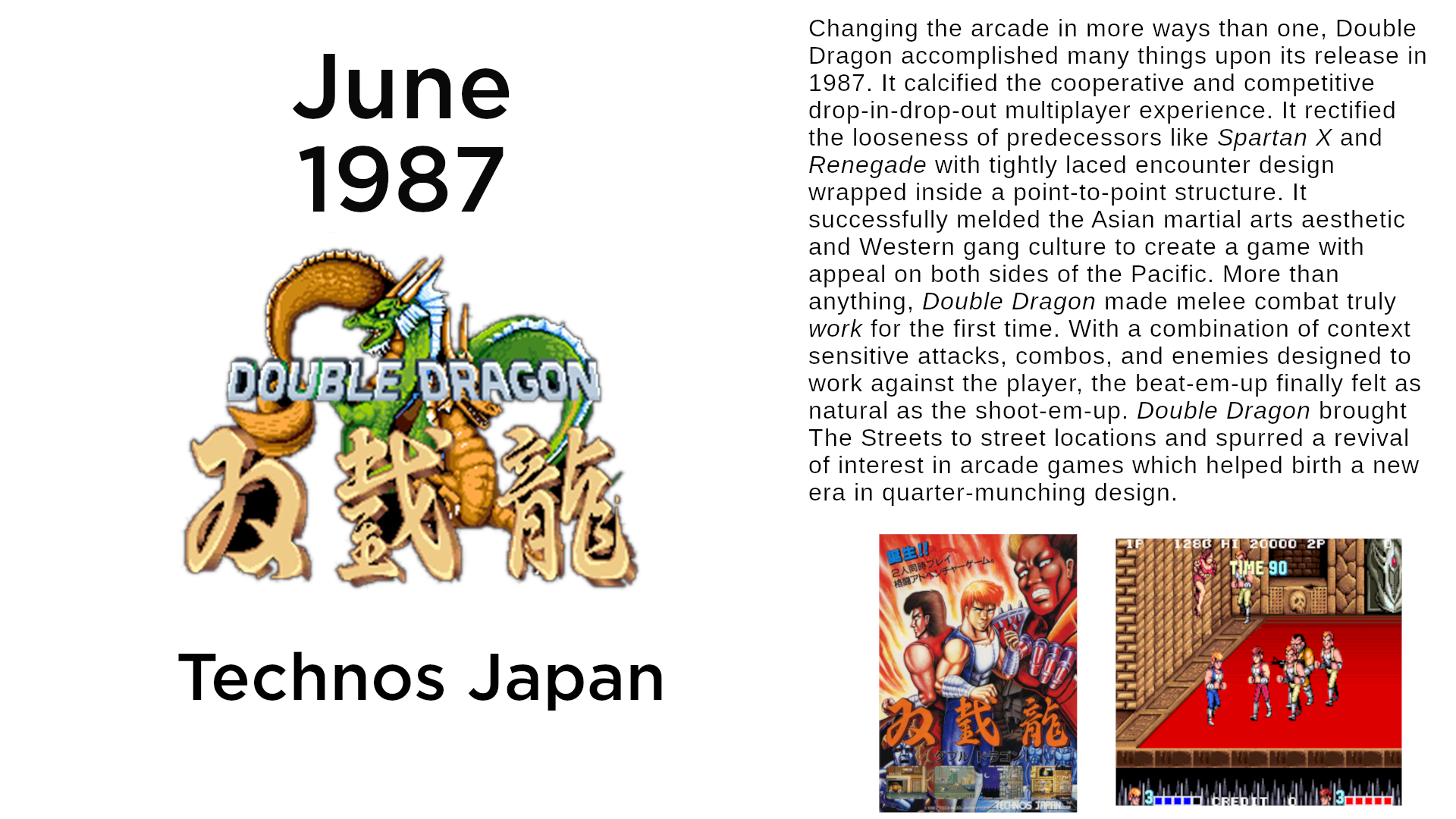
Changing the arcade in more ways than one, Double Dragon accomplished many things upon its release in 1987. It calcified the cooperative and competitive drop-in-drop-out multiplayer experience. It rectified the looseness of predecessors like Spartan X and Renegade with tightly laced encounter design wrapped inside a point-to-point structure. It successfully melded the Asian martial arts aesthetic and Western gang culture to create a game with appeal on both sides of the Pacific. More than anything, Double Dragon made melee combat truly work for the first time. With a combination of context sensitive attacks, combos, and enemies designed to work against the player, the beat-em-up finally felt as natural as the shoot-em-up. Double Dragon brought The Streets to street locations and spurred a revival of interest in arcade games which helped birth a new era in quarter-munching design.

Computer games were a world of possibilities before Ultima Underworld. Then, they were a world of promises. Blue Sky’s seminal work took games “off the grid” by creating a roleplaying experience which truly embodied players into a character. Physics, inventory, and combat were given a treatment of authenticity that no prior game from the perspective had yet done. Ultima Underworld set a standard for fidelity which had less to do with the graphics or audio than with interaction. Stepping through the portal of a computer screen, the game defined “virtual reality” in a way that few had considered possible. Reactivity and consequence became the new defining element of the RPG experience after its release and continues to this day. A new bar for PC games was set by Ultima Underworld. A new future revealed. The gaming space of today continues to owe it a huge debt.
Welcome these choices to the Video Game Notables! We’ll see you again this time next year for a new batch of six notable titles!

